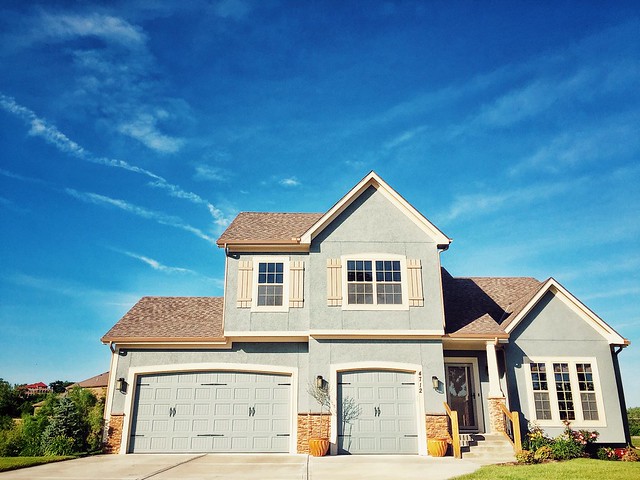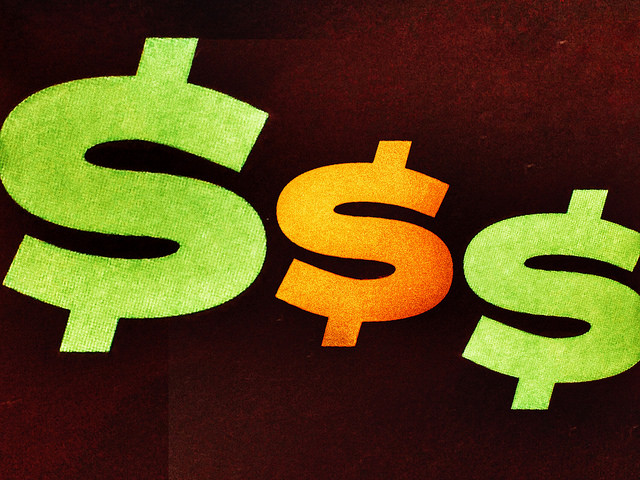Sales of newly built, single-family homes rose 1.6 percent in December, according to new numbers released by the U.S. Census Bureau and the Department of Housing and Urban Development. The increase was the first month-over-month improvement since July and puts new home sales 15.2 percent higher than they were in December 2020. Overall, new home sales ended the year 18.8 percent higher than in 2019, making it the best year in more than a decade. It’s yet another sign of the housing market’s continued strength. Boosted by low mortgage rates and elevated buyer demand, the market has been a bright spot, helping to drive an economy damaged by the effects of the coronavirus pandemic. But while the market is strong, affordability remains a concern. The report found that the median sales price of new homes sold in December was $355,900, which is about 8 percent higher than last year at the same time. The average sales price was $394,900. (source)













